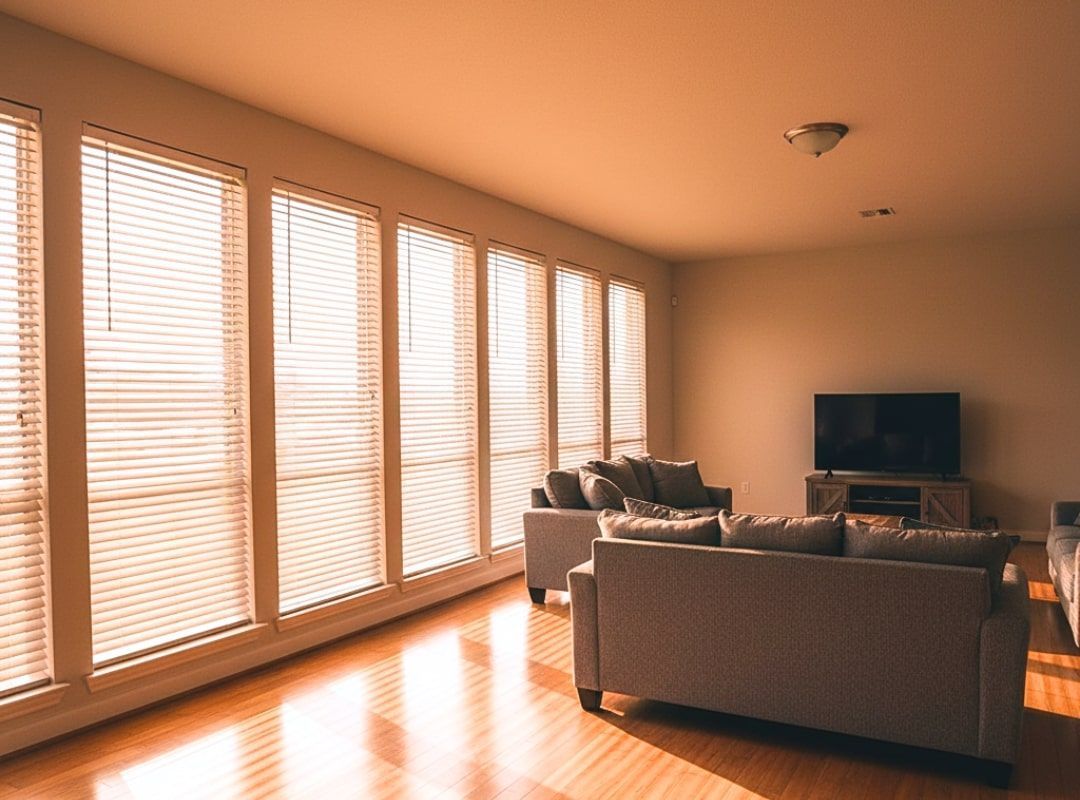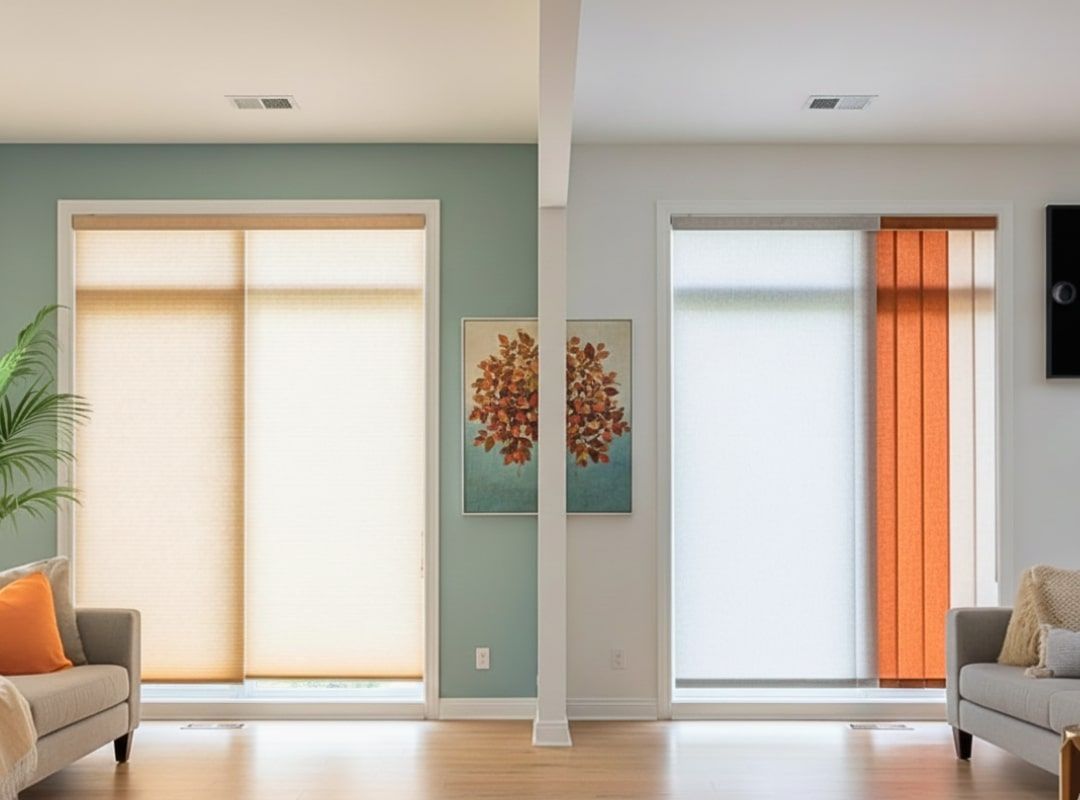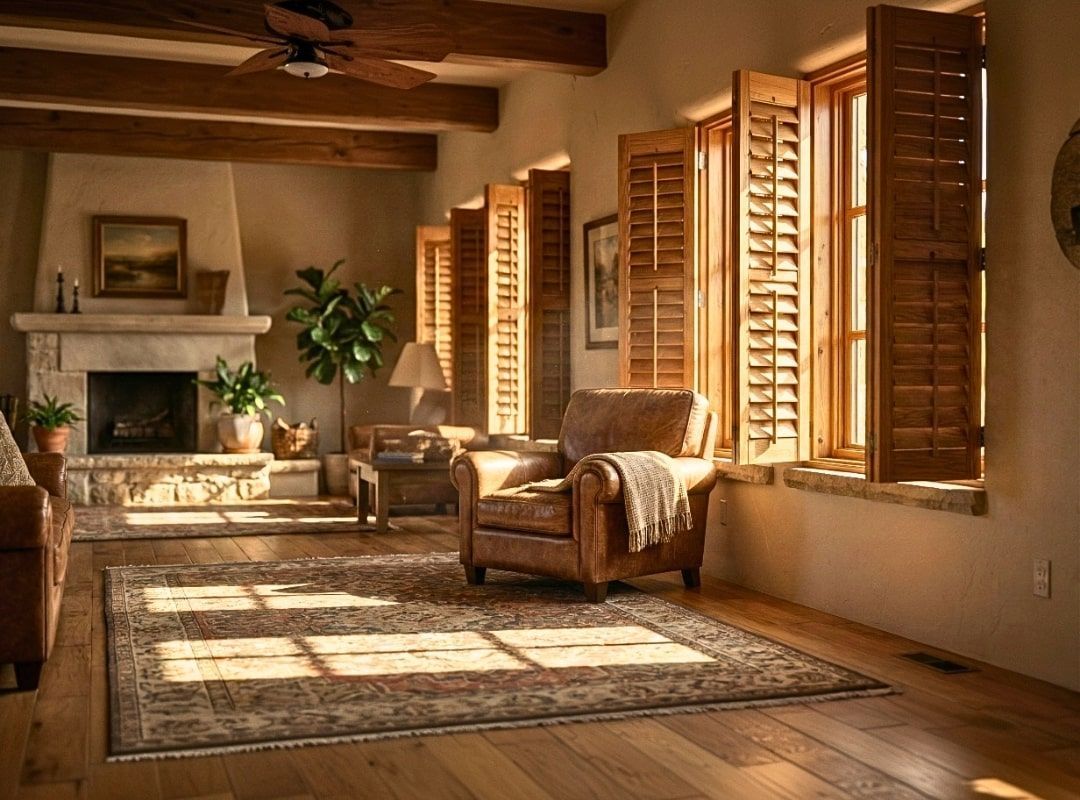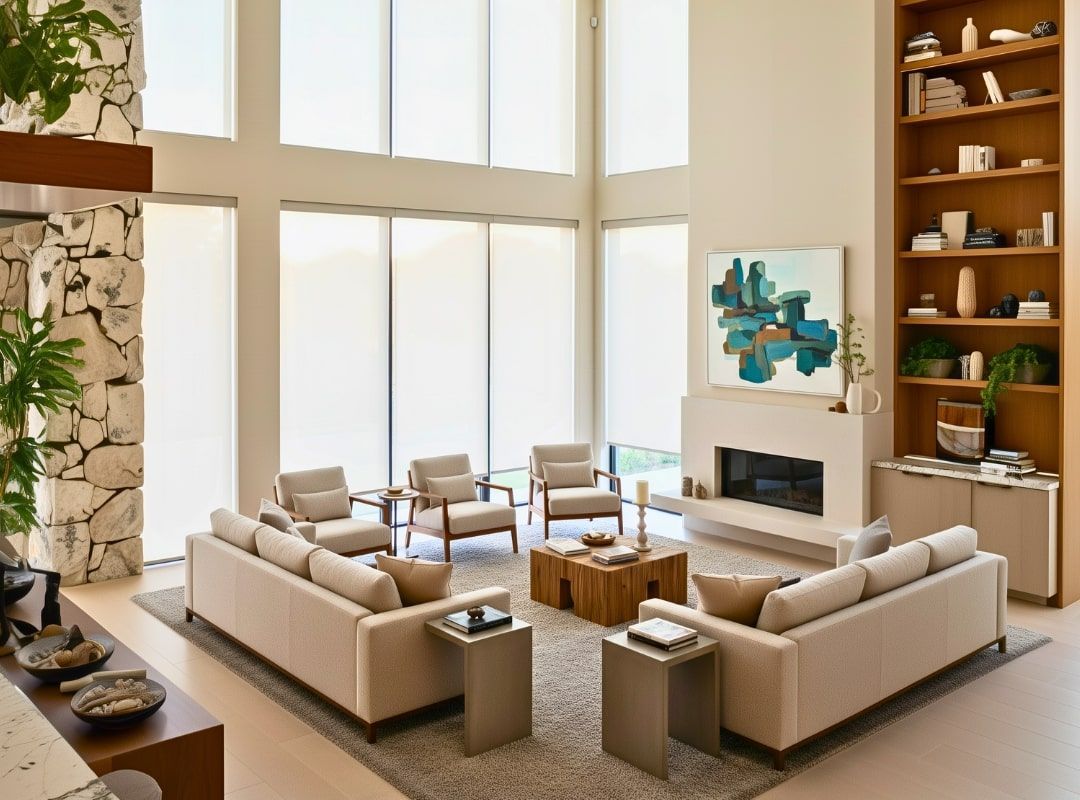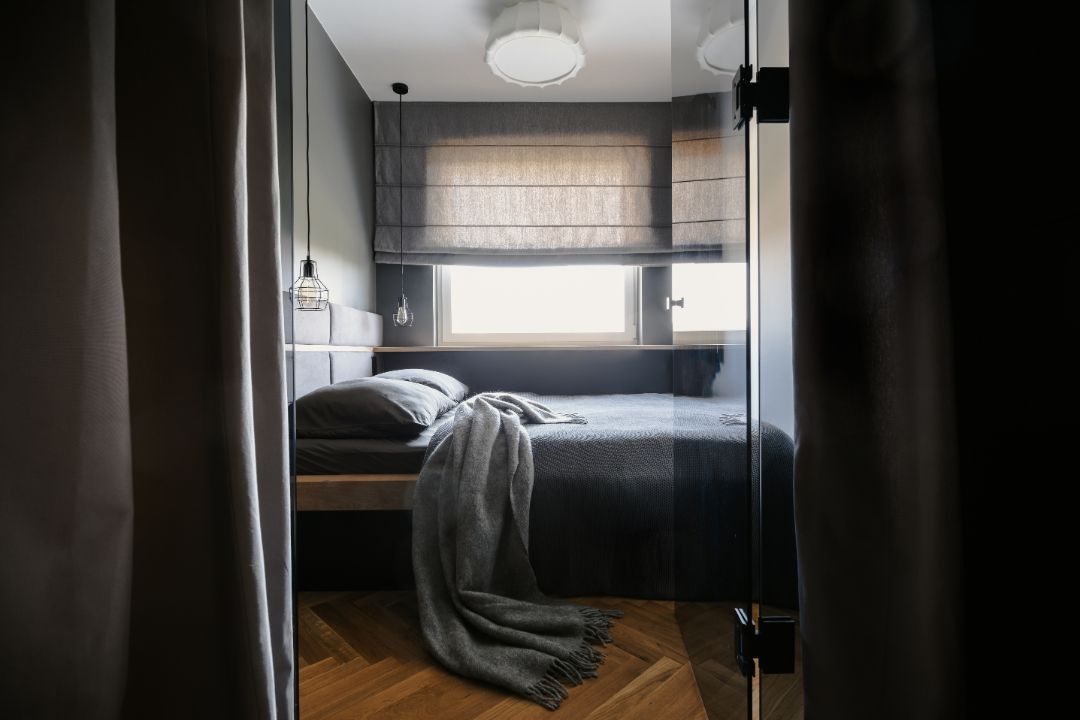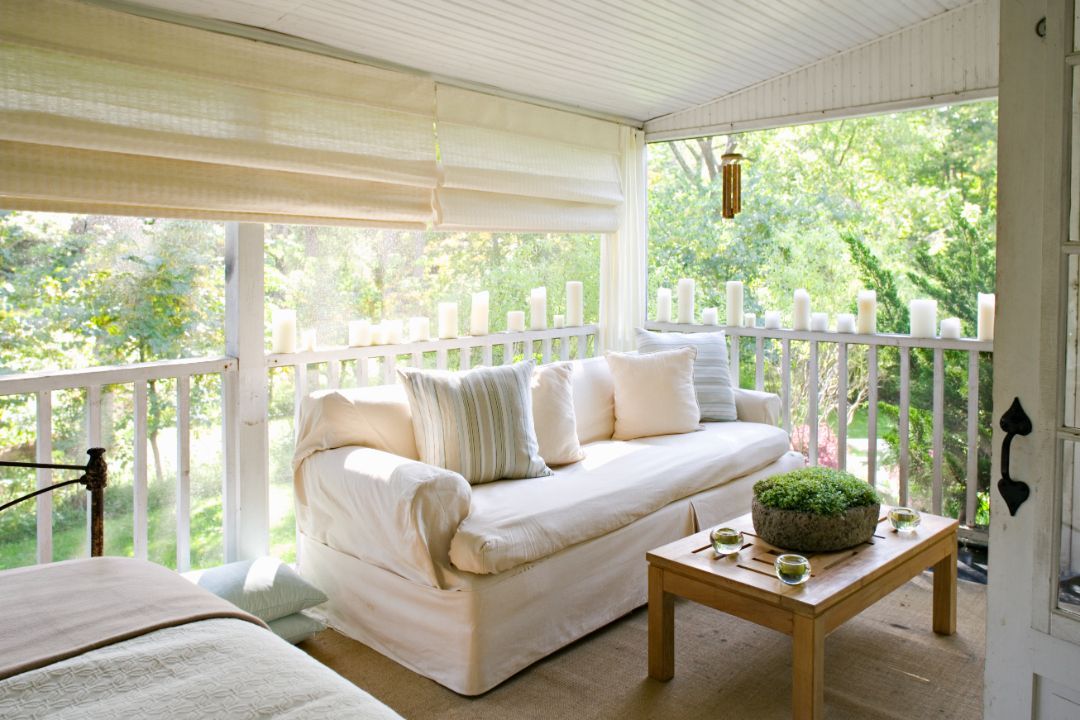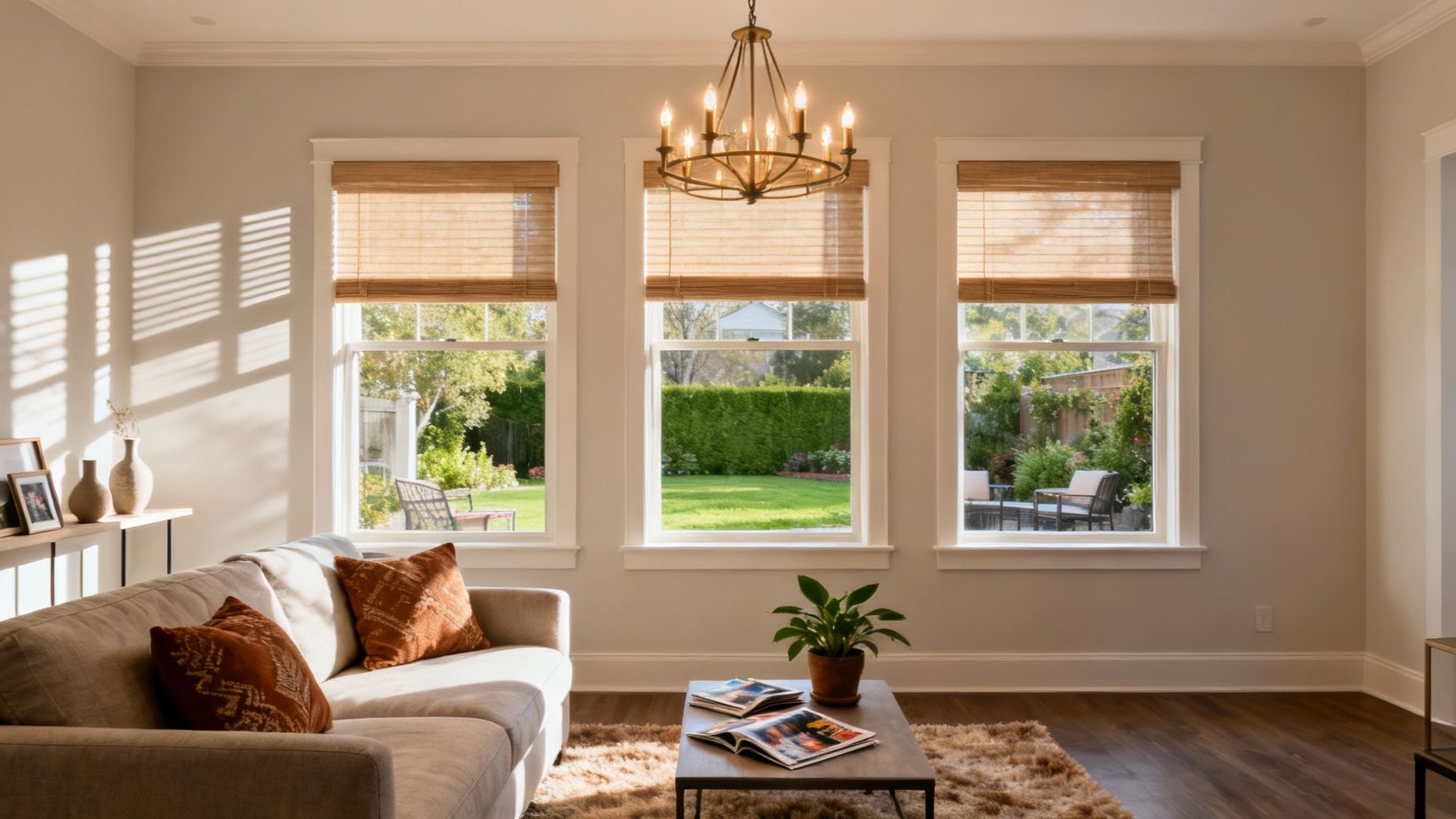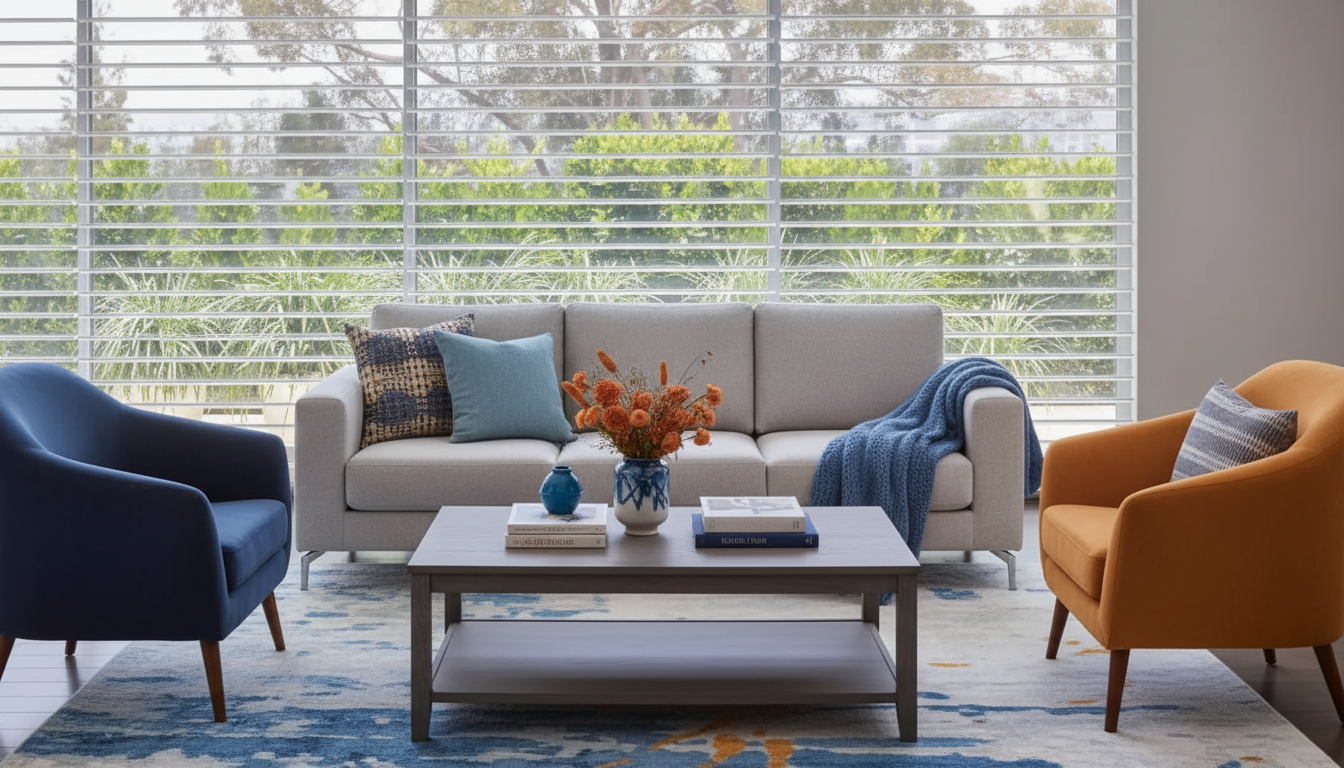What Are the Quietest Window Treatments for Peaceful Rooms?
TLDR;
The quietest
window treatments for peaceful rooms are cellular (honeycomb) shades, acoustic curtains, and layered window systems. These options absorb, block, or trap sound using materials like dense fabrics, air pockets, and solid construction—making them ideal for reducing external noise and creating a calm indoor environment.
Understanding the Need for Quiet: Why Window Treatments Matter

From honking horns on busy streets to noisy HVAC units humming outside your Texas home, unwanted noise can disturb your sleep, concentration, and peace. At Love Is Blinds TX, we help clients find solutions that go beyond aesthetics—quiet is just as important as style.
Sound enters through windows more than any other part of a room. Choosing the right
window coverings for noise control doesn’t just soften a room’s look—it can also drastically reduce how much noise you hear indoors.
How Window Treatments Reduce Noise

Before diving into the best options, it helps to understand how window coverings reduce sound.
Key Concepts:
- STC (Sound Transmission Class): Measures how well a material reduces airborne sound. Higher STC = better sound blocking.
- Acoustic Insulation: Materials that absorb and reduce the transfer of sound.
- Decibel Reduction: The amount of sound blocked, typically measured in dB.
- Air Gaps & Layers: The space between window treatments and glass acts as a buffer zone for sound.
Sound enters through:
- Thin glass panes
- Unsealed window frames
- Lightweight fabrics
- Poorly fitted
blinds
By targeting these weak points, we can effectively block or absorb sound.
The Best Quiet Window Treatment Options

1. Cellular (Honeycomb) Shades
Cellular shades are one of the best quiet window treatments available today.
- How they work:
- Their structure traps air in honeycomb-shaped cells. These pockets act as barriers that reduce sound transmission.
- What to choose:
- Opt for
double or triple-cell designs for better sound dampening.
- Blackout versions also help reduce both light and noise.
- STC Performance:
While exact STC varies, studies show cellular shades can reduce up to 50% of outside noise when combined with window inserts. - Bonus:
Excellent for energy efficiency, keeping Texas heat out while keeping quiet in.
2. Acoustic Curtains and Drapes
These are not your standard fabric curtains—they’re engineered for sound absorption.
- What to look for:
- Dense materials like velvet, wool, or suede
- Multi-layered panels with
acoustic interlining
- Floor-to-ceiling length with wall coverage
- Real Results:
Some acoustic curtains have an NRC (Noise Reduction Coefficient) of 0.7 or higher, meaning they absorb 70% of sound waves. - Best Placement Tips:
- Install above the window frame and let them puddle slightly at the floor.
- Ensure overlap with walls on each side.
- Added Benefit:
Acoustic curtains also help with room acoustics, reducing echo and enhancing audio clarity.
3. Roman and Roller Shades (Sound-Blocking Versions)
Not all fabric shades are equal—but with the right lining, Roman and roller shades can be part of a powerful quieting strategy.
- Best Practices:
- Use
thermal or blackout lining
- Choose
dual-layer constructions
- Add
side-channel tracks for a tighter seal
- Pro Tip:
Fabric choice matters. Avoid thin synthetics. Go for heavy cotton, twill, or jacquard.
4. Soundproof Window Inserts
These don’t replace your windows—they enhance them.
- What they do:
- Create an air gap (usually 2–4 inches) between the insert and your window
- Significantly increase your window’s STC rating
- STC Improvement:
- A standard window: STC 26
- With a high-quality insert: STC 42+
- That’s a 75%+ reduction in perceptible noise
- Popular Brands for Texas Homes:
- Indow
- CitiQuiet
- Climate Seal
- Installation Notes:
These inserts are removable and custom-fit. Great for renters or rooms needing seasonal adjustments.
5. Composite or Solid Shutters
Shutters don’t just look beautiful—they create a solid noise barrier.
- Best Materials:
- Wood
- Poly composite
- Solid vinyl
- How They Help:
- Act like a
second wall when closed
- Fill window frame completely to block sound pathways
- Great for:
- Street-facing rooms
- Rooms with thin glass or historic windows
- Bonus Feature:
Composite shutters resist UV fade and heat warp—perfect for Texas summers.
Layering for Maximum Peace and Quiet

Layering multiple window treatments can dramatically increase noise reduction.
Powerful Combinations:
- Cellular shades + Acoustic Curtains
- Window Insert + Roman Shade + Velvet Drape
- Blackout curtain + Composite shutter
Sealing Tips:
- Use
floor-to-ceiling curtains for vertical coverage
- Install
caulk around window frames to stop sound leaks
- Add
soundproofing tape or foam weatherstripping to frames and gaps
These combinations are especially effective in bedrooms, nurseries, and home offices.
Texas-Specific Considerations

Living in Texas means unique noise and heat challenges. At Love Is Blinds TX, we understand the local climate and lifestyle.
Common Noise Sources:
- Outdoor AC compressors and HVAC units
- Traffic noise from highways and surface streets
- Barking dogs and loud neighbors
Window Treatment Goals in Texas:
- Reduce noise
- Block UV rays
- Insulate from heat
- Withstand humidity and sun exposure
Trusted Local Options:
- Sun & Sound Windows
- Gulf Coast Windows
- Love Is Blinds TX custom solutions
Installation & Maintenance Tips

Even the best materials won’t work if improperly installed.
Pro Installation Tips:
- Measure twice, especially for inserts or shutters
- Mount curtains
above and wider than the frame
- Use
caulk or sealant on gaps around windows
- Avoid tension rods—they leave air gaps
Maintenance Tips:
- Vacuum curtains and
shades monthly
- Wipe shutters with a damp cloth
- Avoid harsh cleaners on acoustic fabrics
- Inspect caulk annually, especially after hot Texas summers
Cost vs Benefit: Does Quiet Come at a Price?
Here’s how various options stack up:
| Treatment Type | Estimated Cost per Window | STC Improvement | Energy Efficiency | Best For |
|---|---|---|---|---|
| Cellular Shades (Double) | $150–$350 | Moderate | High | All-purpose rooms |
| Acoustic Curtains | $200–$500 | High | Moderate | Bedrooms, media rooms |
| Roman Shades (Lined) | $250–$450 | Moderate | Moderate | Living rooms, dining areas |
| Window Inserts | $350–$800 | Very High | High | Homes near highways or airports |
| Composite Shutters | $300–$600 | Moderate | Moderate | Street-facing, traditional decor |
Energy Savings:
Quiet window treatments often
reduce AC usage, saving money in hot Texas months. Double up on value by choosing materials that insulate as well as soundproof.
Common Questions About Soundproofing Windows

